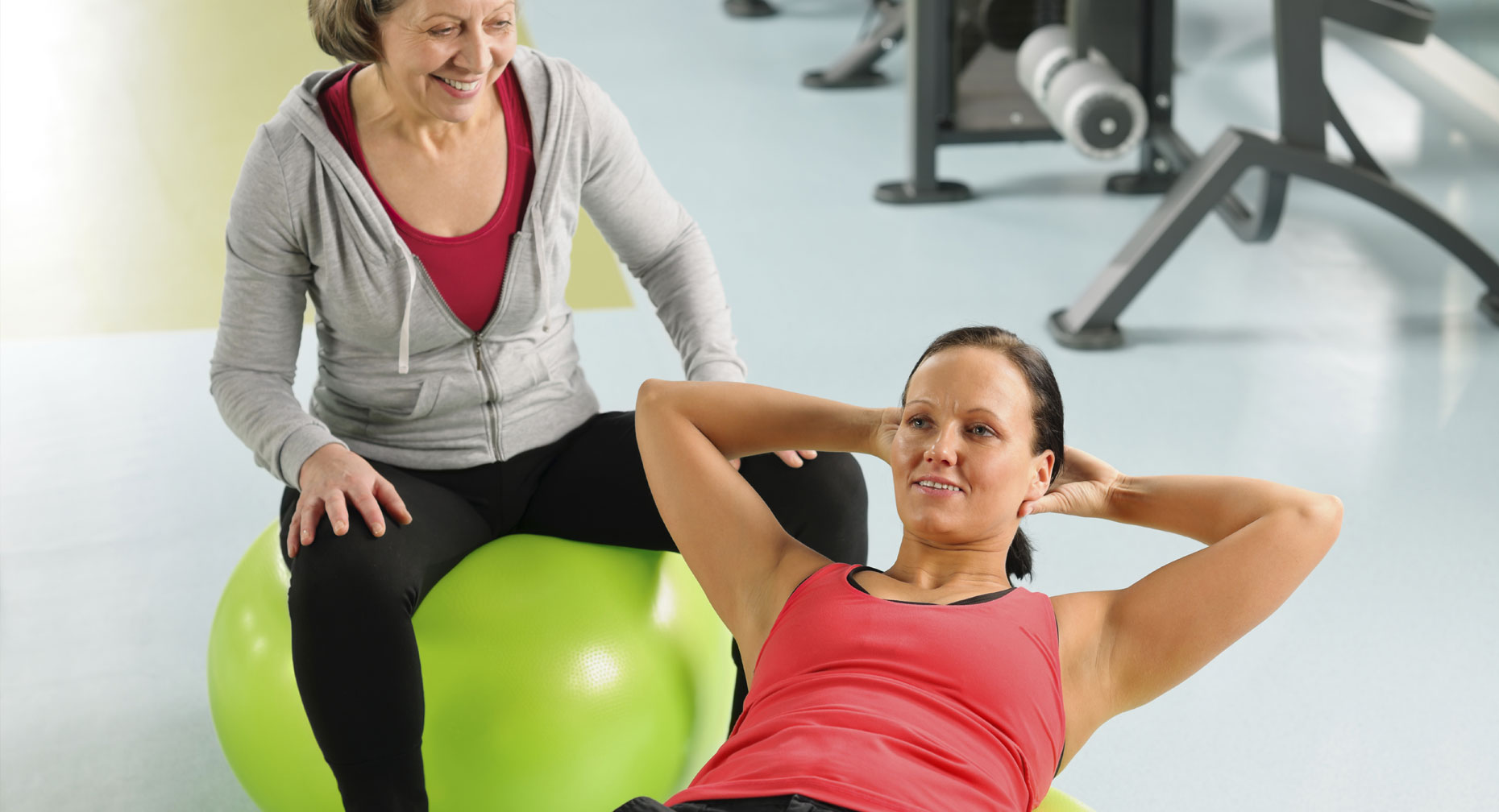The Life-Changing Exercise No One Will Ever See You Do

Answer a few questions and we'll provide you with a list of primary care providers that best fit your needs.
You say Kee-gle, I say Kay-gull — but however you pronounce it, we all should be doing Kegel exercises to help prevent bladder leaking.
“Stress incontinence” is the term for when your bladder leaks a little bit when you’re coughing, sneezing, exercising, or (gulp) having sex. The pressure on the bladder during activity sometimes causes women to leak urine.
“Absolutely, many women can completely eliminate stress incontinence just by doing Kegel exercises on a regular basis,” advises physical therapist Katie Coleman, PT, DPT, CSCS, of Premier Health.
STEP ONE: Find a place.
- At first, find a quiet spot to practice. Start doing your pelvic muscle exercises lying down, the easiest position because the muscles do not need to work against gravity.
- When your muscles get strong, you can do your Kegels any time — sitting at your desk, in the car, waiting in line, etc. (Never do Kegels when urinating.)
STEP TWO: Find the right muscles.
Imagine you’re sitting on a marble and try to pick up the marble with your vagina. Pull in those pelvic muscles and hold for a count of three. Don't hold your breath. Then relax for a count of three. Work up to three sets of 10 repeats.
STEP THREE: Make sure you’re not using the wrong muscles.
Be careful not to tighten your stomach, legs, or buttocks at the same time. Just squeeze the pelvic muscles.
STEP FOUR: Make Kegel exercises a routine, five minutes a day.
“Just as when you’re exercising any muscle, you see results fairly soon,” points out Katie. “You should have less leakage and more bladder control after a few weeks and may see great improvement or no more leaking within six weeks.”
“Absolutely, many women can completely eliminate stress incontinence just by doing Kegel exercises on a regular basis.”
Katie and Premier Health's Dr. Jerome Yaklic both caution that women should be sure they’re doing the exercises correctly, and can ask a physical therapist or health care professional for help. Dr. Yaklic explains the importance of Kegels for pelvic muscles that aid bladder control.
Click play to watch the video or read video transcript.
“Often times people do Kegels incorrectly,” Dr. Yaklic says. “We’ll see women that will come in and say they have been doing Kegels for years but really they are tightening their butt cheeks or flexing their leg muscles and tightening their stomach muscles. They are never really building up the muscle that they need to train.”
Answer a few questions and we'll provide you with a list of primary care providers that best fit your needs.
Source: Jerome Yaklic, MD, OB/GYN, Female Pelvic Medicine and Reconstructive Surgeon, Wright State Physicians Obstetrics & Gynecology; Katie Coleman, PT, DPT, CSCS, Premier Health; National Institute of Diabetes and Digestive and Kidney Diseases; Women



